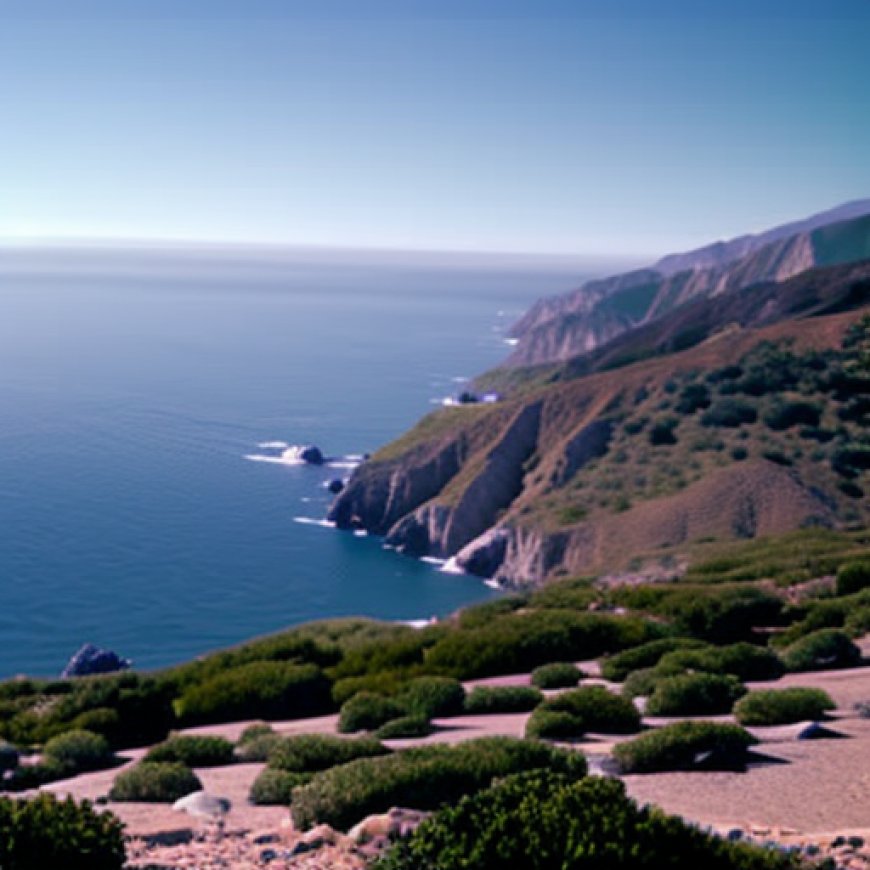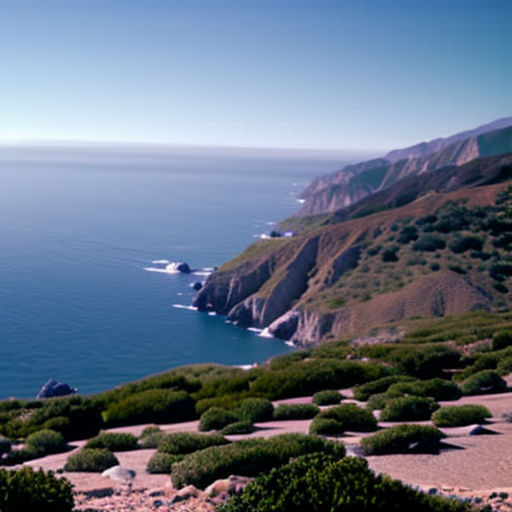Cal Poly study analyzes nearshore California marine heatwaves and cold spells amid changing climate conditions
Cal Poly study analyzes nearshore California marine heatwaves ... EurekAlert


The Impact of Environmental Conditions on Marine Temperature Extremes in the California Current
Introduction
The first-ever study to investigate the drivers of marine heatwaves and cold spells in the shallow nearshore along the California Current has been conducted by California Polytechnic State University, San Luis Obispo (Cal Poly) and the Virginia Institute of Marine Science, William & Mary. The study found that specific environmental conditions and the state of the ocean can increase the risk of ocean temperature extremes.
Research Findings
The findings, published in Nature Scientific Reports, highlight the detrimental effects of extreme marine heatwaves on marine ecosystems and ocean-related ecology. Rising global temperatures, such as those experienced in 2023, contribute to the exacerbation of these heatwaves. By analyzing temperature data spanning four decades, the researchers identified the environmental conditions that lead to extreme warm and cold periods. These findings can be used by scientists and environmental managers to inform the preservation and protection of vital ecosystems critical to the California ocean economy, known as the Blue Economy.
Impact of El Niño Events
El Niño events, which cause ocean temperatures along the California coast to warm, can have severe impacts on marine ecosystems. The study predicts that with climate change, El Niño events will increase in frequency and intensity, leading to more frequent and extreme marine heatwaves. Previous El Niño events have resulted in the loss of giant kelp forests, mass die-offs of seabirds and economically important fisheries, and harmful algal blooms.
Role of Upwelling
The study also found that upwelling patterns, which involve the wind-driven transport of deep, cold water into shallow areas along the coast, can initiate marine heatwaves and cold spells. Upwelling has a strong cooling effect on coastal waters and helps maintain healthy fisheries and robust marine life. It also acts as a thermal refuge for marine organisms and mitigates the warming effects of climate change.
Implications for Aquaculture and Fisheries
Thermal stress, both hot and cold, can significantly affect aquaculture and fisheries, which are important components of California’s Blue Economy. Understanding how changes in wind patterns and surface warming from climate change will impact upwelling along California’s coast is crucial for future management strategies.
Conclusion
This research provides valuable insights into the drivers and consequences of marine temperature extremes in the California Current. It emphasizes the need to continue exploring these events and their impacts, as they are expected to persist in the future. By understanding the environmental conditions that contribute to these extremes, scientists and environmental managers can work towards preserving and protecting vital marine ecosystems.
SDGs, Targets, and Indicators
1. Which SDGs are addressed or connected to the issues highlighted in the article?
- SDG 13: Climate Action
- SDG 14: Life Below Water
The article discusses the impact of rising global temperatures and climate change on marine ecosystems and ocean-related ecology. This aligns with SDG 13, which focuses on taking urgent action to combat climate change and its impacts. Additionally, the article mentions the detrimental effects of marine heatwaves on marine ecosystems, highlighting the importance of protecting life below water, which is the focus of SDG 14.
2. What specific targets under those SDGs can be identified based on the article’s content?
- SDG 13.1: Strengthen resilience and adaptive capacity to climate-related hazards and natural disasters
- SDG 14.2: Sustainably manage and protect marine and coastal ecosystems to avoid significant adverse impacts
The article emphasizes the need to understand the drivers and consequences of extreme temperature events in the ocean. By identifying the environmental conditions that lead to marine heatwaves and cold spells, scientists and environmental managers can strengthen resilience and adaptive capacity to these climate-related hazards (SDG 13.1). Additionally, protecting marine ecosystems from the detrimental effects of extreme temperature events aligns with the target of sustainably managing and protecting marine and coastal ecosystems (SDG 14.2).
3. Are there any indicators mentioned or implied in the article that can be used to measure progress towards the identified targets?
Yes, the article mentions several indicators that can be used to measure progress towards the identified targets:
- Temperature data: The researchers analyzed ocean temperature data spanning from 1978-2020 to understand temperature extremes in the ocean.
- Environmental conditions: The study identified the state of the ocean, determined by large-scale climate modes and local-scale upwelling winds, as an indicator for predicting heatwaves and cold spells in the future.
- Impact on marine ecosystems: The article highlights the detrimental effects of marine heatwaves on marine ecosystems, such as kelp forest loss, seabird die-offs, and harmful algal blooms. Monitoring and assessing these impacts can serve as indicators of progress in protecting marine and coastal ecosystems.
Table: SDGs, Targets, and Indicators
| SDGs | Targets | Indicators |
|---|---|---|
| SDG 13: Climate Action | Target 13.1: Strengthen resilience and adaptive capacity to climate-related hazards and natural disasters | – Temperature data – Environmental conditions (state of the ocean) – Impact on marine ecosystems |
| SDG 14: Life Below Water | Target 14.2: Sustainably manage and protect marine and coastal ecosystems to avoid significant adverse impacts | – Temperature data – Environmental conditions (state of the ocean) – Impact on marine ecosystems |
Behold! This splendid article springs forth from the wellspring of knowledge, shaped by a wondrous proprietary AI technology that delved into a vast ocean of data, illuminating the path towards the Sustainable Development Goals. Remember that all rights are reserved by SDG Investors LLC, empowering us to champion progress together.
Source: eurekalert.org

Join us, as fellow seekers of change, on a transformative journey at https://sdgtalks.ai/welcome, where you can become a member and actively contribute to shaping a brighter future.







